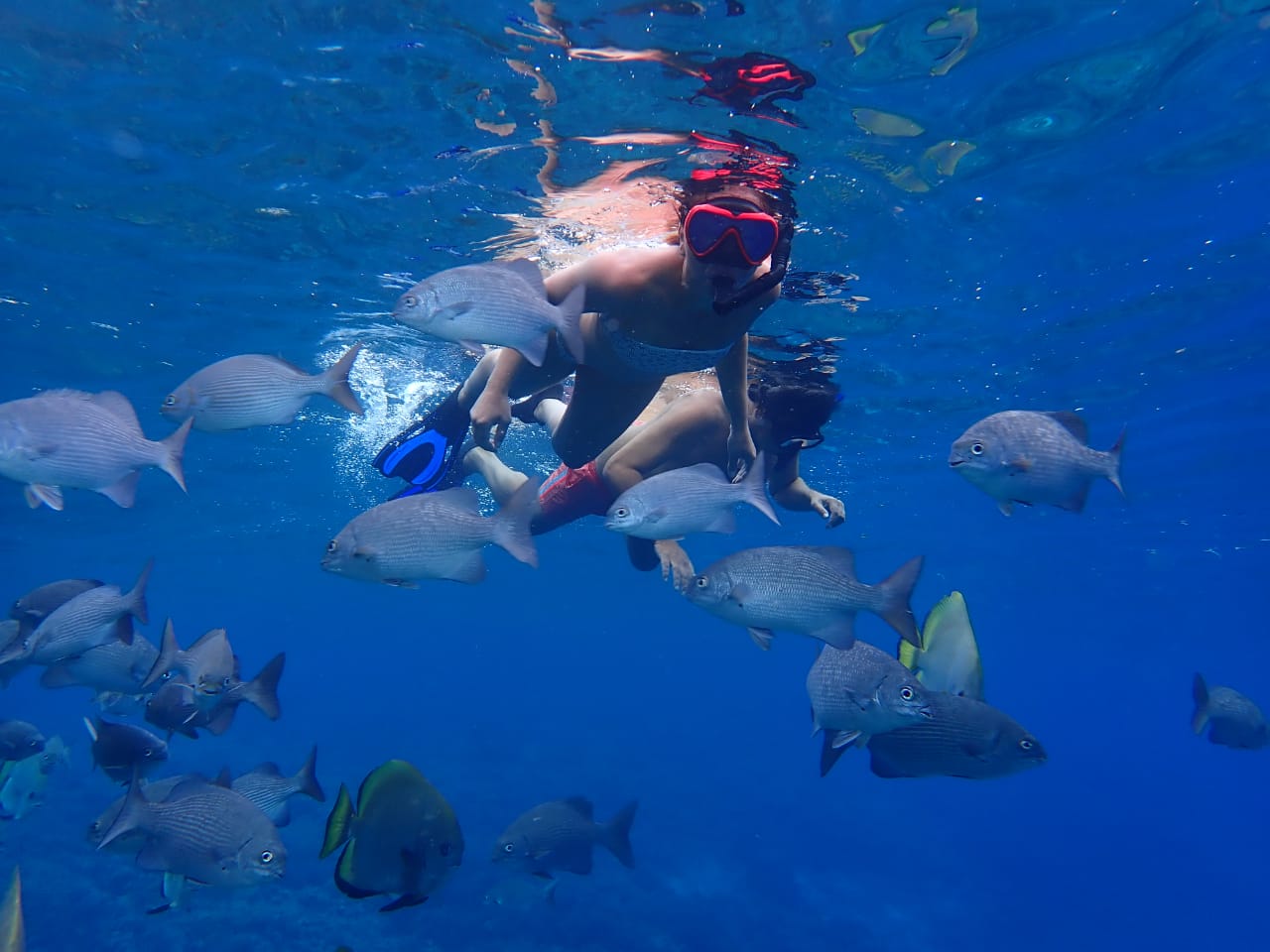
About Raja Ampat
The name of Raja Ampat (Raja means king, and empat means four) comes from local mythology that tells of a woman who finds seven eggs. Four of the seven hatch and become kings who occupy four of Raja Ampat biggest islands whilst the other three become a ghost, a woman, and a stone.
History shows that Raja Ampat was once a part of Sultanate of Tidore, an influential kingdom from Maluku. Yet, after the Dutch invaded Maluku, it was claimed by the Netherlands.
The first recorded sighting and landing by Europeans of the Ampat Islands was by the Portuguese navigator Jorge de Menezes and his crew in 1526, en route from Biak, the Bird’s Head Peninsula, and Waigeo, to Halmahera (Ternate).
The English explorer William Dampier gave his name to Dampier Strait, which separates Batanta island from Waigeo island. To the east, there is a strait that separates Batanta from Salawati. In 1759 Captain William Wilson sailing in the East Indiaman Pittnavigated these waters and named a strait the ‘Pitt strait’, after his vessel; this was probably the channel between Batanta and Salawati.
Geography
The oceanic natural resources around Raja Ampat give it significant potential as a tourist area. Many sources place Raja Ampat as one of their top ten most popular places for diving whilst it retains the number one ranking for underwater biodiversity.
According to Conservation International, marine surveys suggest that the marine life diversity in the Raja Ampat area is the highest recorded on Earth.[3]Diversity is considerably greater than any other area sampled in the Coral Triangle composed of Indonesia, Malaysia, Philippines, Papua New Guinea, Solomon Islands, and East Timor. The Coral Triangle is the heart of the world’s coral reef biodiversity, making Raja Ampat quite possibly the richest coral reef ecosystems in the world.
The area’s massive coral colonies along with relatively high sea surface temperatures, also suggest that its reefs may be relatively resistant to threats like coral bleaching and coral disease, which now jeopardize the survival of other coral ecosystems around the world. The Raja Ampat islands are remote and relatively undisturbed by humans.
The high marine diversity in Raja Ampat is strongly influenced by its position between the Indian and Pacific Oceans, as coral and fish larvae are more easily shared between the two oceans. Raja Ampat’s coral diversity, resilience, and role as a source for larval dispersal make it a global priority for marine protection.
1,508 fish species, 537 coral species (a remarkable 96% of all scleractinia recorded from Indonesia are likely to occur in these islands and 75% of all species that exist in the world[4]), and 699 mollusk species, the variety of marine life is staggering.[5] Some areas boast enormous schools of fish and regular sightings of sharks, such as wobbegongs.
Raja Ampat Islands have at least three ponds containing harmless jellyfish, all in the Misool area.[6]
Although accessing the islands is not that difficult, it takes some time. It takes six hours flight from Jakarta, the capital city of Indonesia to Sorong. Then, taking a boat to reach the islands is necessary.
Ecology
Raja Ampat is considered the global center of tropical marine bio-diversity and is referred to as The Crown Jewel of the Bird’s Head Seascape, which also includes Cenderawasih Bay and Triton Bay. More than 600 species of hard corals equaling about 75 percent of known species globally, and more than 1,700 species of reef fish which is the richest in terms of biodiversity comparing to the size of the region in the world. Endangered and rare marine mammals such as Dugongs, whales (such as blue or/and pygmy blue, bryde’s, less known omura’s, sperm) and dolphins including orcas occur here.
